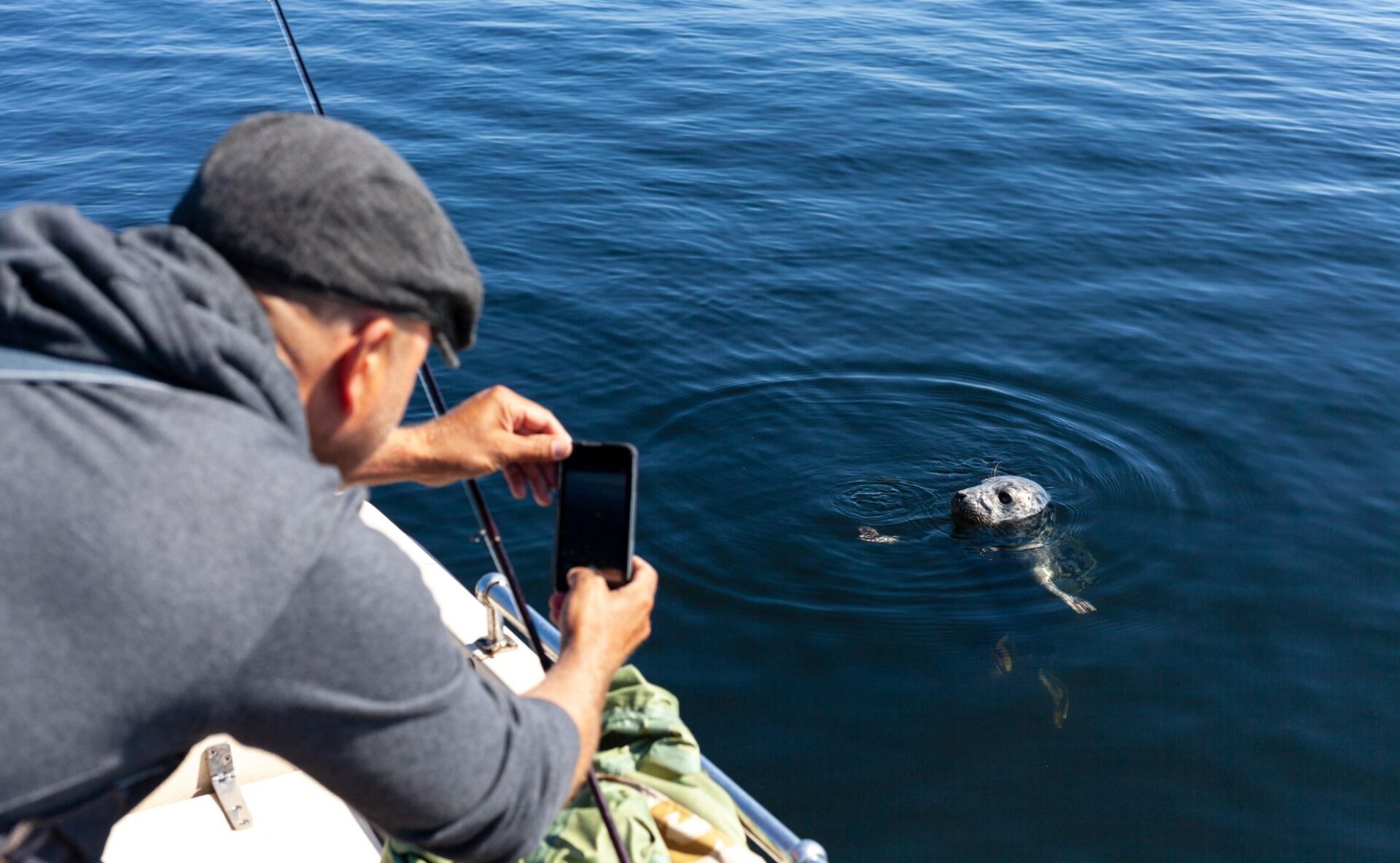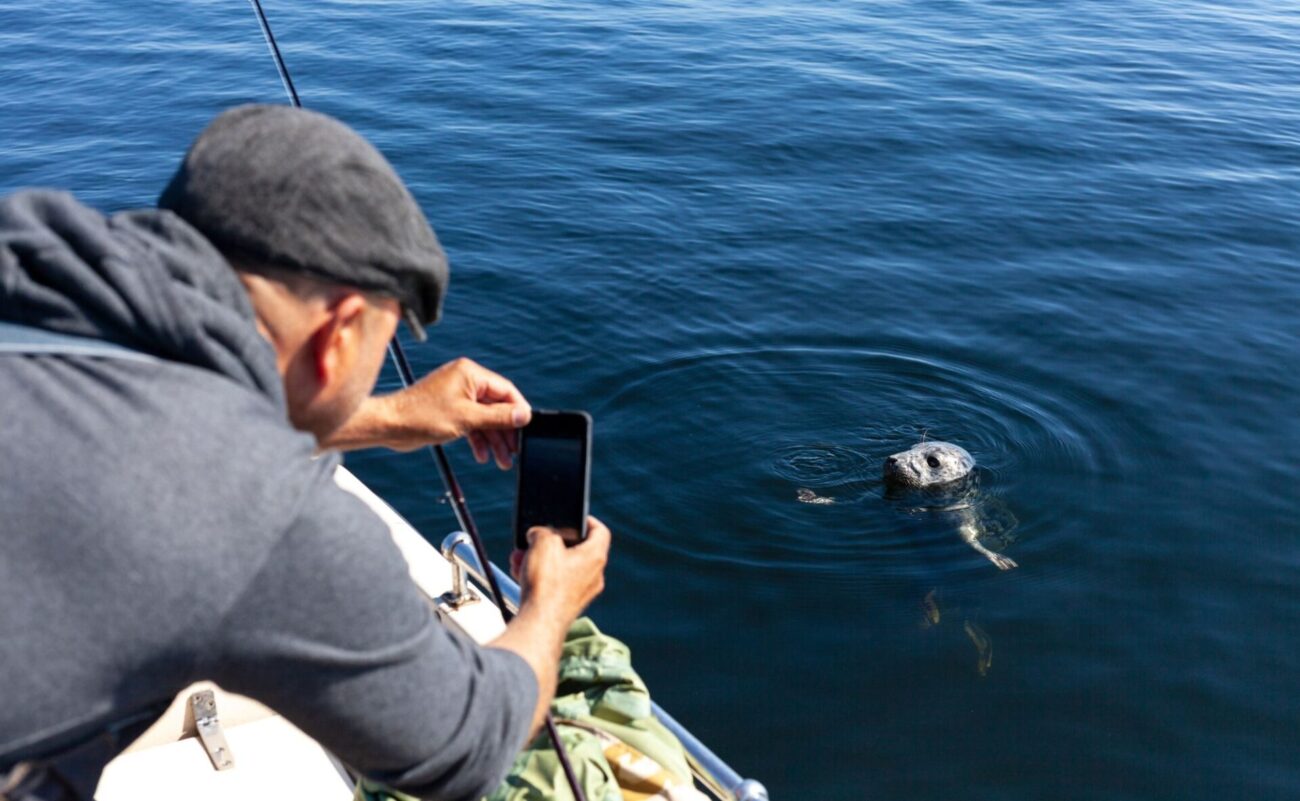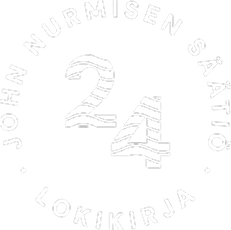
Communications and public affairs
Effective communications support our work for both marine environments and culture heritage, and strengthen people’s relationship with the sea. We also advocate for the protection of the Baltic Sea among decision-makers.
The year of engagement and visibility
In 2024, we developed our international communications and strengthened the basics of our communications and metrics. 2024 was also a Reputation&Trust survey year. Communications also played a lead role in the Foundation’s joint sustainability working group, which was tasked with developing our sustainability programme. This programme was completed in late 2024, and related communications will be developed during 2025.
We consolidated the work we began last year on increasing our impact. We developed and expanded two influencer networks. We organised two meetings for social media influencers, and communicated regularly with them. We also held two meetings with an organised programme for the Blue Ladies, a group of corporate influencers. The number of people who attended the Blue Ladies meetings increased in particular.
Communications played a significant role in these events, and particularly in the planning and implementation of the World Ocean Day international webinar (in June) and the Tall Ships Races’ event in Helsinki, and in the coordination and implementation of Baltic Sea Day and The Baltic Sea Speaks event.
During the year, the Foundation received media coverage that was in line with its objectives. Our marine environment projects and Baltic Sea Day received the most media coverage – which was well-deserved. We also gained visibility for our newly published book. Our international media coverage reached record levels during the summer thanks to articles about the Tall Ships Races.
We released a new podcast, M/S Itämeri, whose episodes introduced listeners to the problems and solutions of the Baltic Sea.
We published twelve issues of the Foundation’s newsletter, News from the Baltic Sea, and managed to achieve a slight increase in subscribers. The percentage of opens for the newsletter remained good. We created a new visual identity for our newsletter in 2024.
We published two issues of the Foundation’s print magazine, Telegrammi. We also utilised the articles published in Telegrammi in the Baltic Sea media section of our website.
Communication metrics
We developed metrics for our communications. These metrics focus on impact and engagement, and they helped us achieve favourable results. In terms of communication channels, we focused our efforts on Instagram, our newsletter, our website and events. On Instagram, we created a fresh visual identity and a new way of taking a stand on current issues, which has increased both our engagement and reach compared to last year. We developed our website, and worked to increase its organic visibility. We improved our average ranking in search results. We also managed to increase the website’s engagement rate over the course of the year.
T-media’s Reputation&Trust survey is an excellent indicator of the Foundation’s visibility and impact. We achieved excellent results across the board (an overall score of 3.82 on a scale of 2–4), and were the only organisation in our peer group that managed to increase its scores. An area for development that was identified after the previous survey – interaction – had also improved.

Public affairs
We promote issues and decision-making concerning the state of the Baltic Sea among opinion leaders, policymakers, officials and corporate decision-makers.
The Baltic Sea was in the headlines almost weekly during 2024. As interest in the Baltic Sea has grown (damaged cables, sanctions against Russia, NATO membership), the Foundation has been called upon to address a broad range of topical issues relating to the Baltic Sea.
We met with decision-makers, engaged in dialogue with stakeholders and officials about our projects, and made an impact through a variety of both Finnish and international networks. We invited ambassadors from the Baltic Sea region (excluding Russia) to the Foundation to discuss the state of the Baltic Sea, joint projects to improve it, and what kind of vision coastal Baltic Sea states currently have for our sea’s future. We highlighted the crucial role that seas and oceans play in mitigating climate change: only healthy seas and oceans can act as carbon sinks.
Statements
We published one statement on the EU Nature Restoration Regulation during the year.
We prepared a second statement on the Green Transition with other Baltic Sea and environmental organisations. As usual, the Foundation also gave its opinions on proposed legislation and regulations, preparatory work and policies in the public sector.
EU elections
The EU elections were held during the review period in spring 2024. We published our own election themes and challenged political parties to answer questions about the Baltic Sea on social media. We identified the most Baltic Sea-friendly parties on the basis of candidates’ responses to election compasses, and shared that information on social media.
CAP (Common Agricultural Policy)
We planned the timetable for the preparation of the future EU Common Agricultural Policy 27 (CAP27) with Finland’s Permanent Representation to the EU. We formulated our own lobbying objectives in relation to agri-environmental measures. We also worked with various stakeholders in Finland and participated in the CAP dialogue led by the Baltic Sea Action Group.
Sustainability
In 2024, we built our own sustainability programme for the Foundation. The programme included selecting sustainability priorities based on a materiality analysis and a relevance analysis, refining the code of conduct for partnerships, working on missing sustainability policies and committing to the UN SDGs. We also started to calculate emissions from our own activities in line with the SBTi initiative.
Photo: Lasse Hendriks
